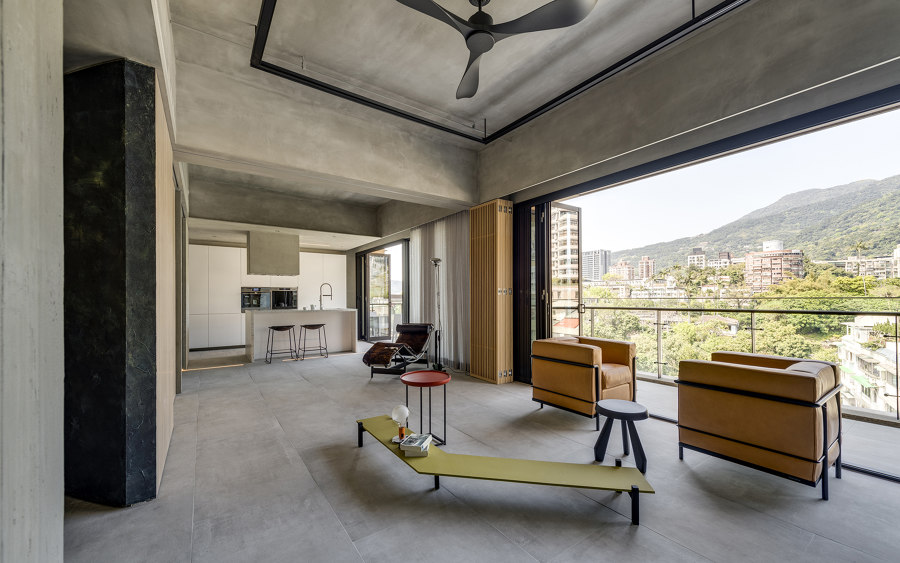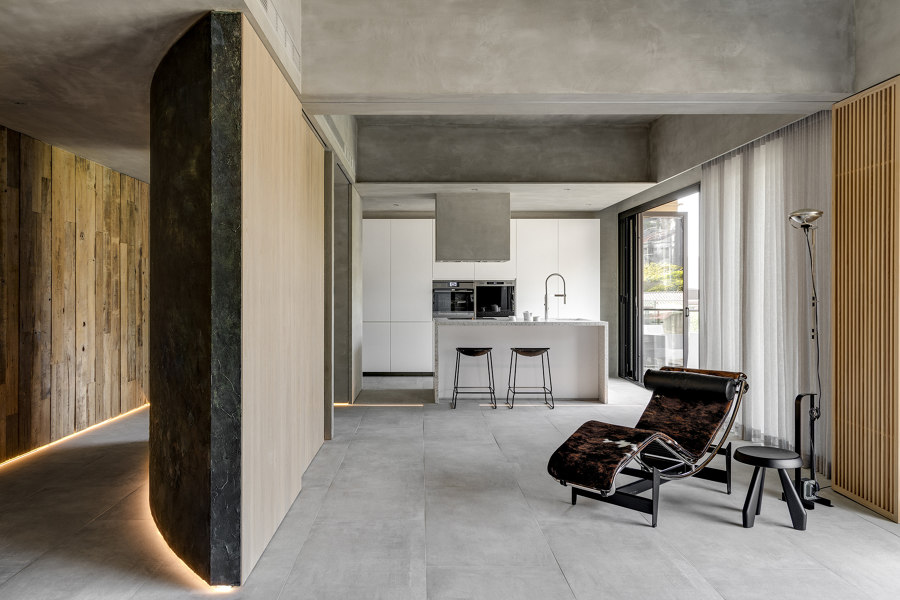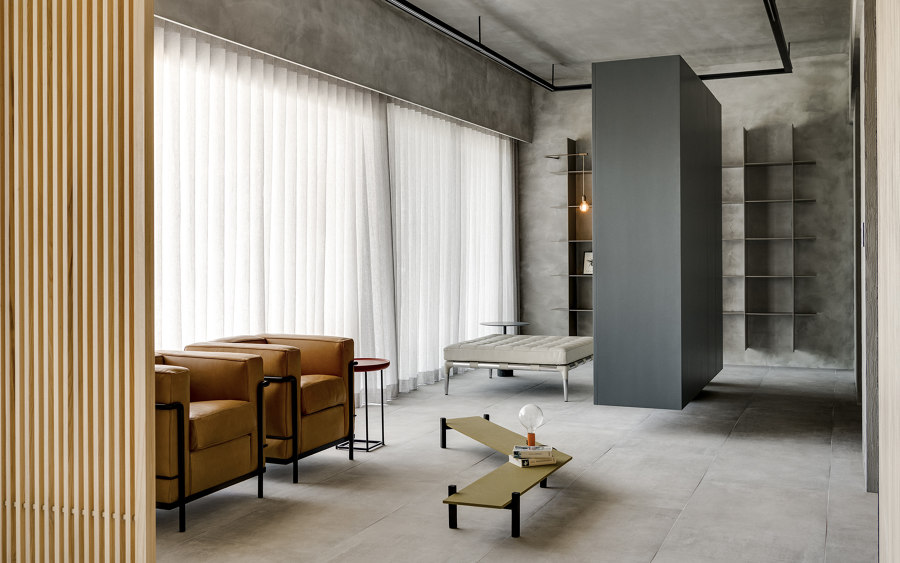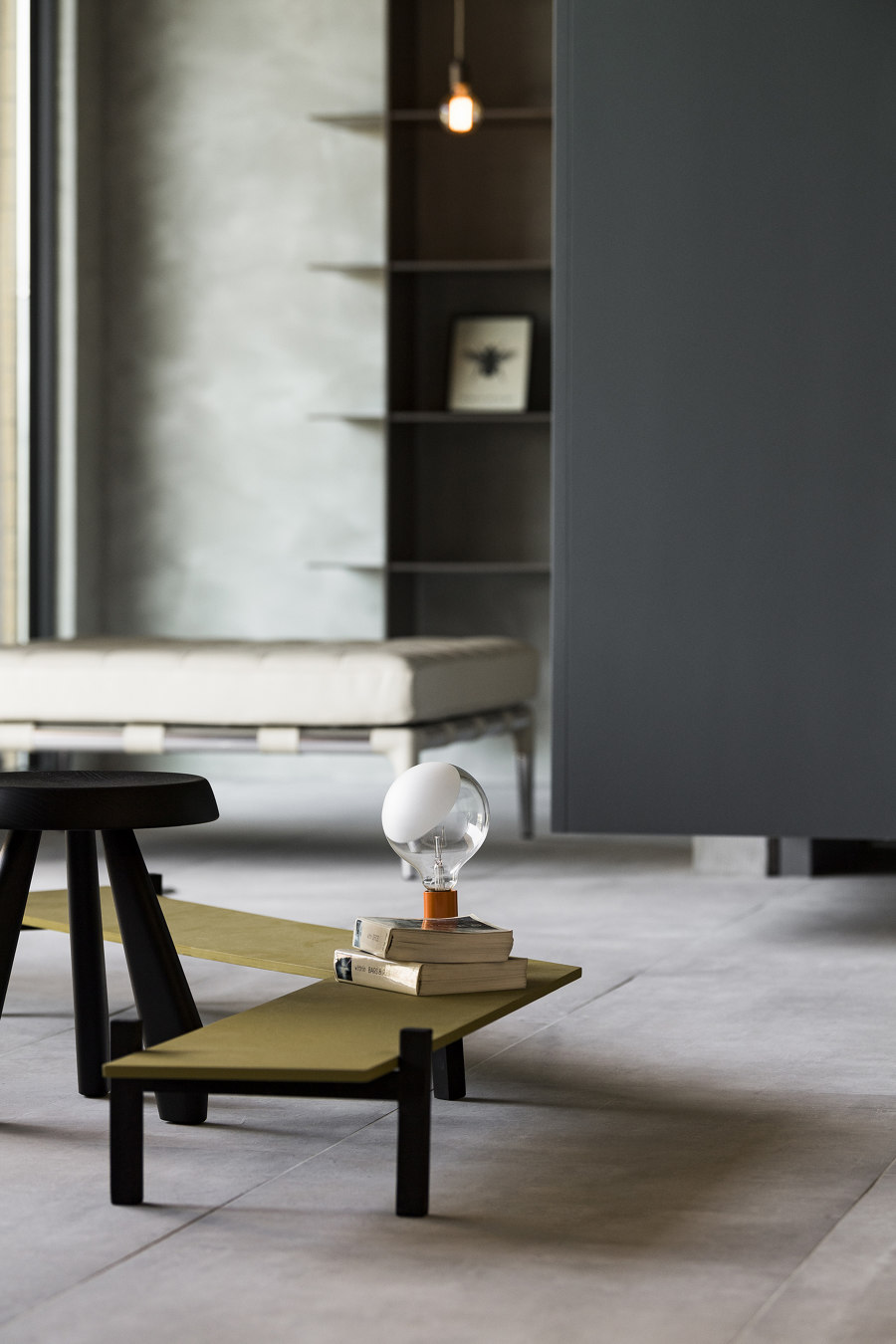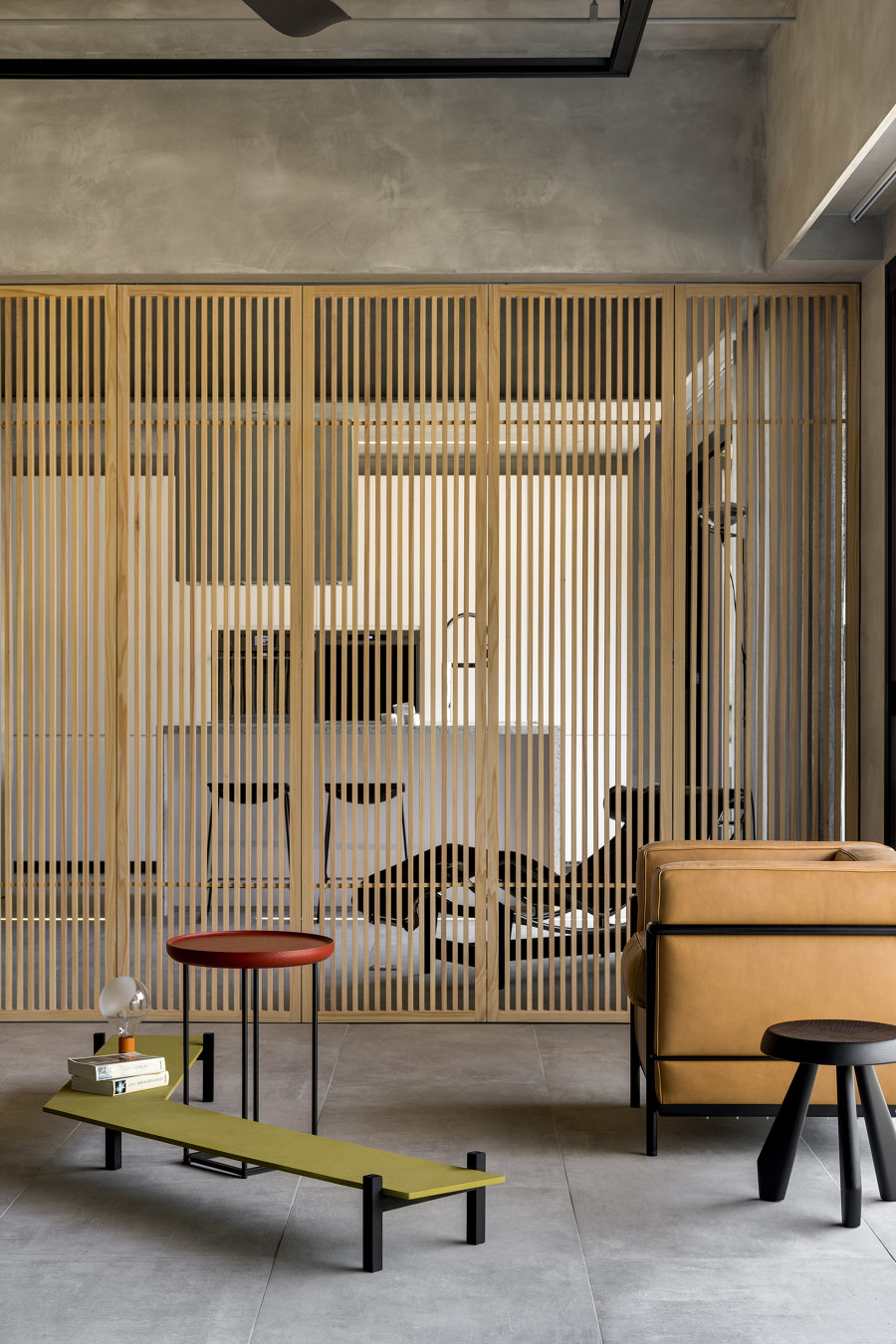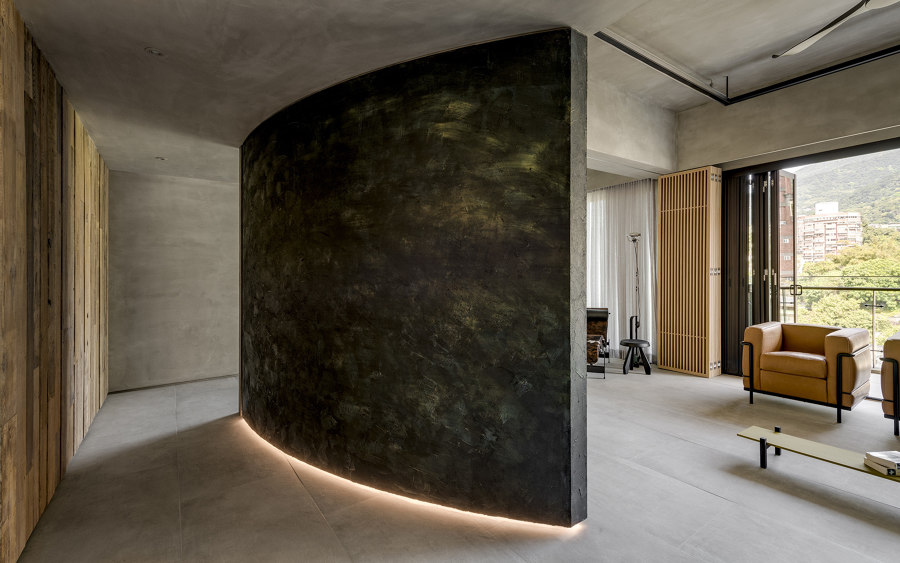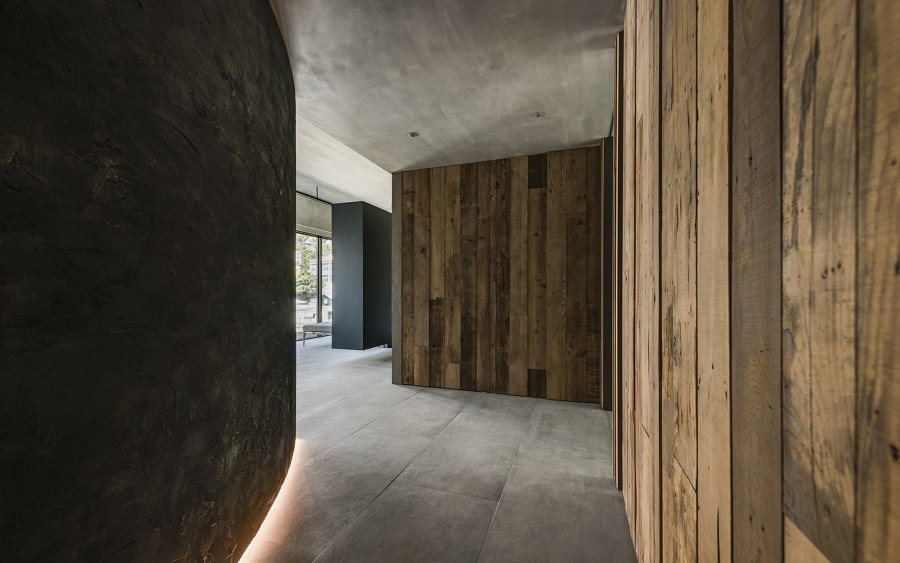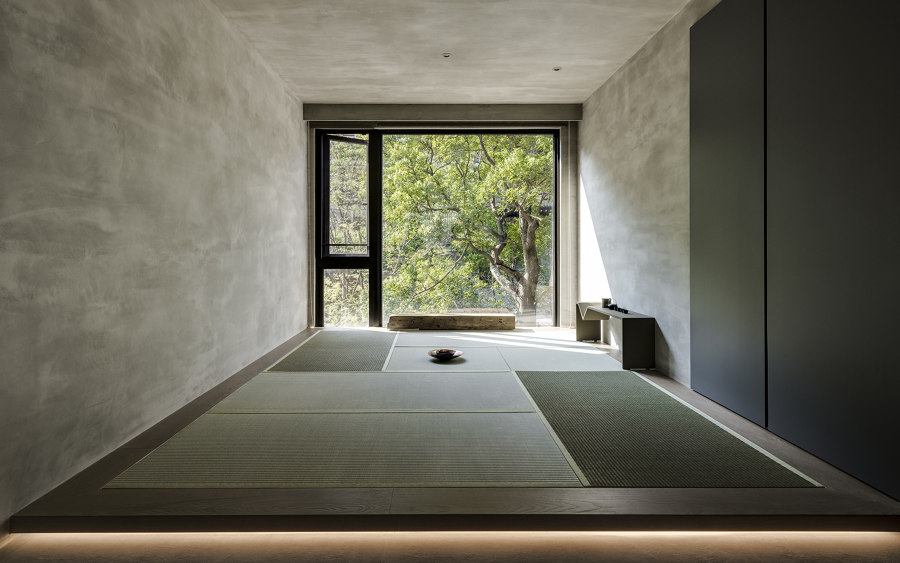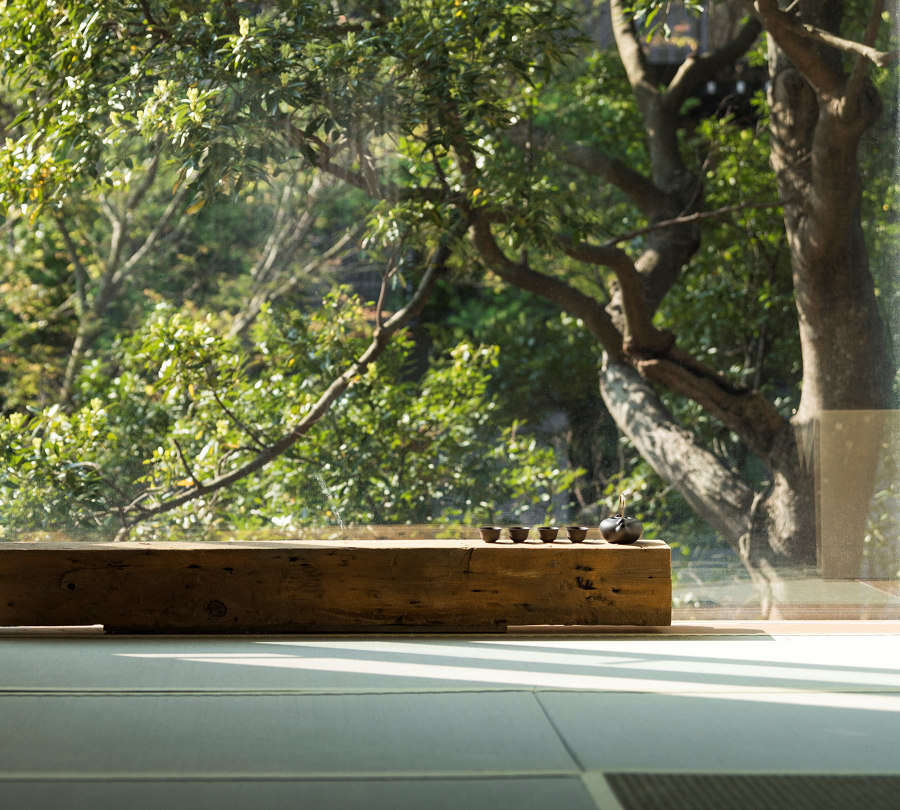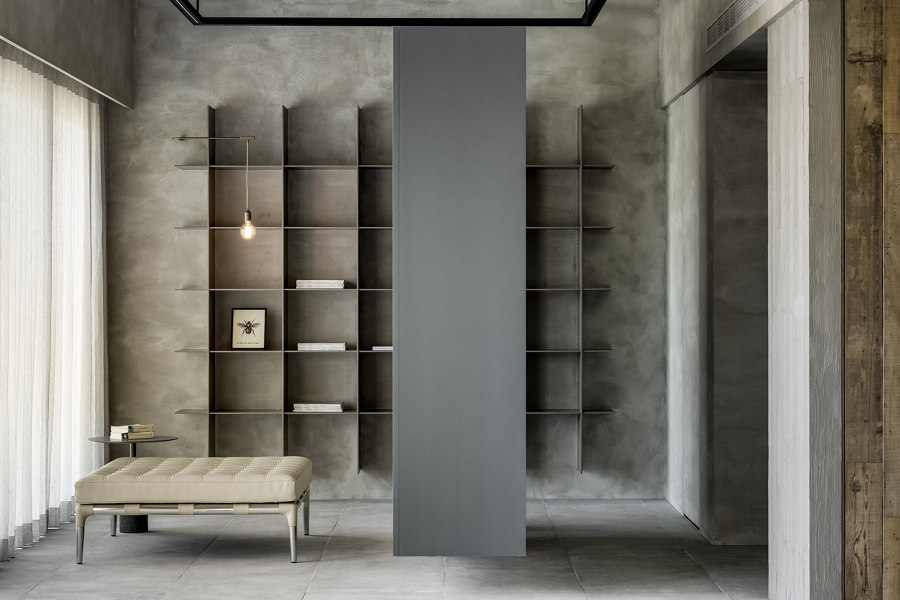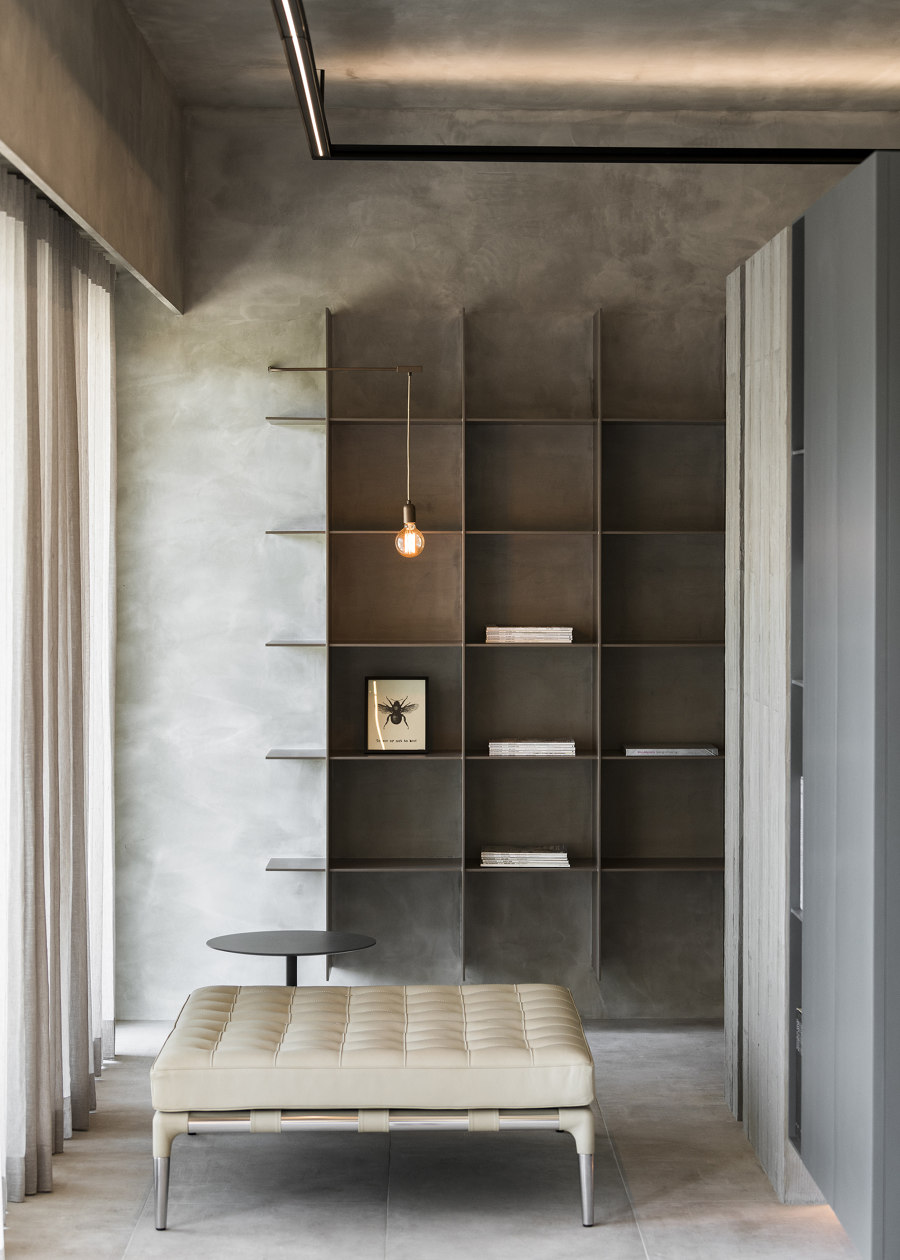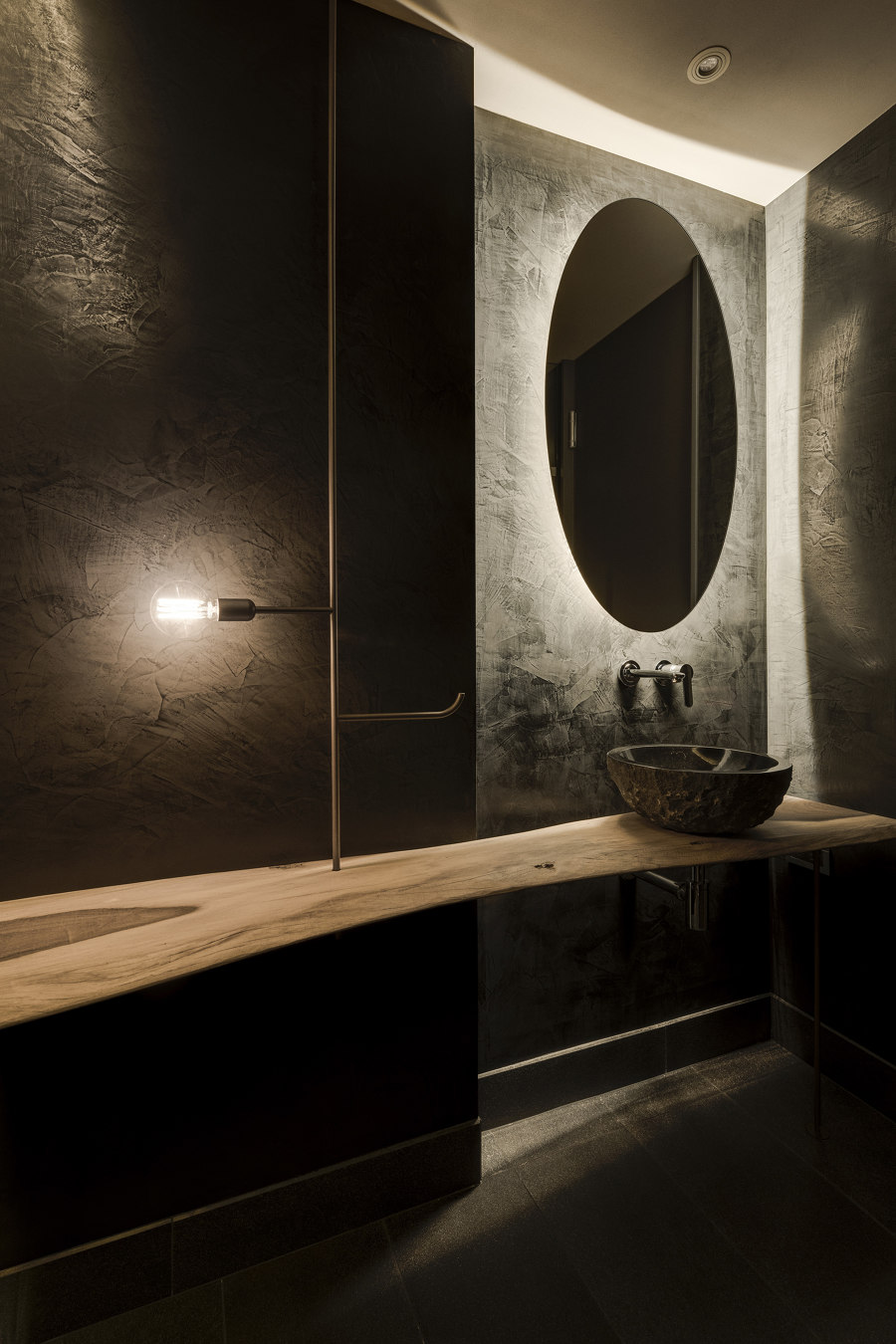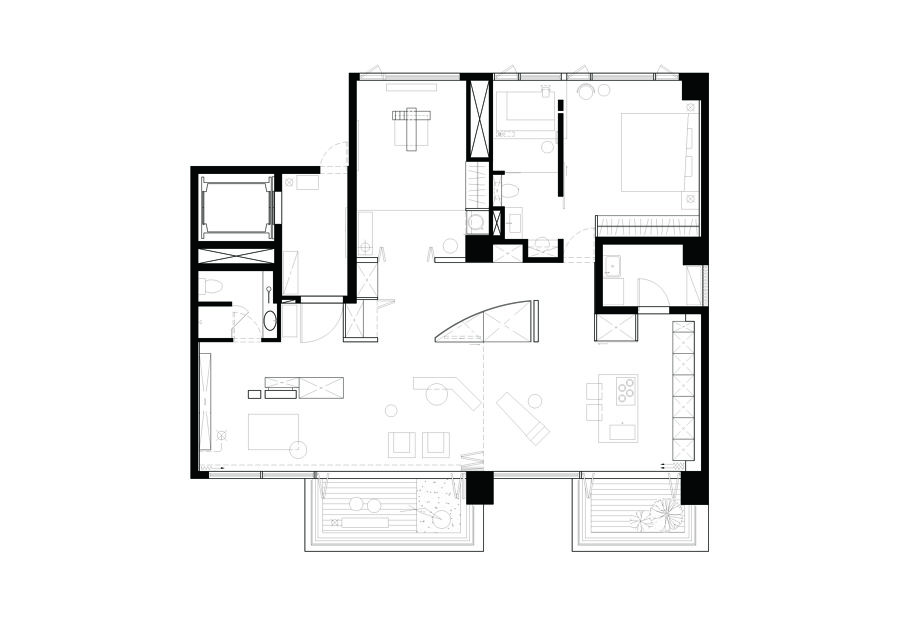Residence, is a construction filled with memories of life.
The "Din-a-ka", or covered walkway, was a distinct cultural and architectural feature in the early days of Taiwan's agrarian society. It was the place for social exchanges in rural areas. In the rapidly changing social landscape, Din-a-ka is an obscure feature, rarely found these days outside fond memories of the past.
Situated in the Beitou Hot Spring Area at the foot of Taipei's Datun Mountains, this residence was designed by Fang Shin-yuan for a senior couple to live in after retirement. During the Japanese occupation period, the site was a renowned destination for hot springs. Drawing inspiration from the surroundings of abundant natural resources and cultural atmosphere, the residence was designed for the purpose of creating and storing memories for its users: "A Search for Memories". Through the use of materials, such as recycled wood, concrete, terrazzo, and tatami, we explored how materials can be used to create an atmosphere of the space and convey the spirits of the local cultures. Recycled hinoki wood (native wood grown in Taiwan) and special cement with simple matte finish were used as the main materials for shaping the interior space, lending a weathered, nostalgic and calm atmosphere to the residence. Apart from providing great lifestyle support, the entire space also serves as a place for its residents to enshrine their memories.
The curved structure in the hallway provides a smoothness and variance to the circulation, in addition to its storage function. Using a sculptural process, the designer gave the curve’s facade a weathered and aged appearance, adding rusted metal and gold foil to the grayish black material. The curve, lit by strip lighting and the parallel wall paneled with aged Taiwan cypress (Hinoki) form a passageway, as if it is leading people back in time. Green mountains visible in the distance and native trees on all sides, combined with the style and arrangement of furniture in the open layout, blur the boundaries of the space. The indoors and outdoors seemingly meld as one. A steel blue cabinet “floating” in the entry marks the indoors, and directs the circulation.
Different styles of furniture break the spatial restriction. Customized lighting hangs from the ceiling. One is a square shape and the other is a simple rod shape, embellishing different spaces and satisfying different lighting functions. The fully glassed exterior-facing wall of the watshitsu room, for meditation and serving tea, brings the trees and scenery indoors. Concrete textures and warm wood tones form the basis of the master bedroom: simple and elegant. The entire space reveals a calm and quiet ambiance. The guest bathroom is presented in a somber black palette. Against a textured wall of stucco, an organically-shaped solid pecan wood table is suspended by copper supports.
This 160m² space displays an abundant variety of materials. Once again, the essence of minimal design, the significance of proportion in modernist spatial partitions, the minimalist aesthetic concept of the Song dynasty and its elegant details and atmosphere, as well as the Wabi-Sabi aesthetic culture are all manifested seamlessly and harmoniously in this space.
In this space, time slows down. And life is tranquil here.
Design Team:
Wei Yi International Design Associates
Design: Fang Shin-yuan
